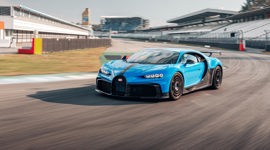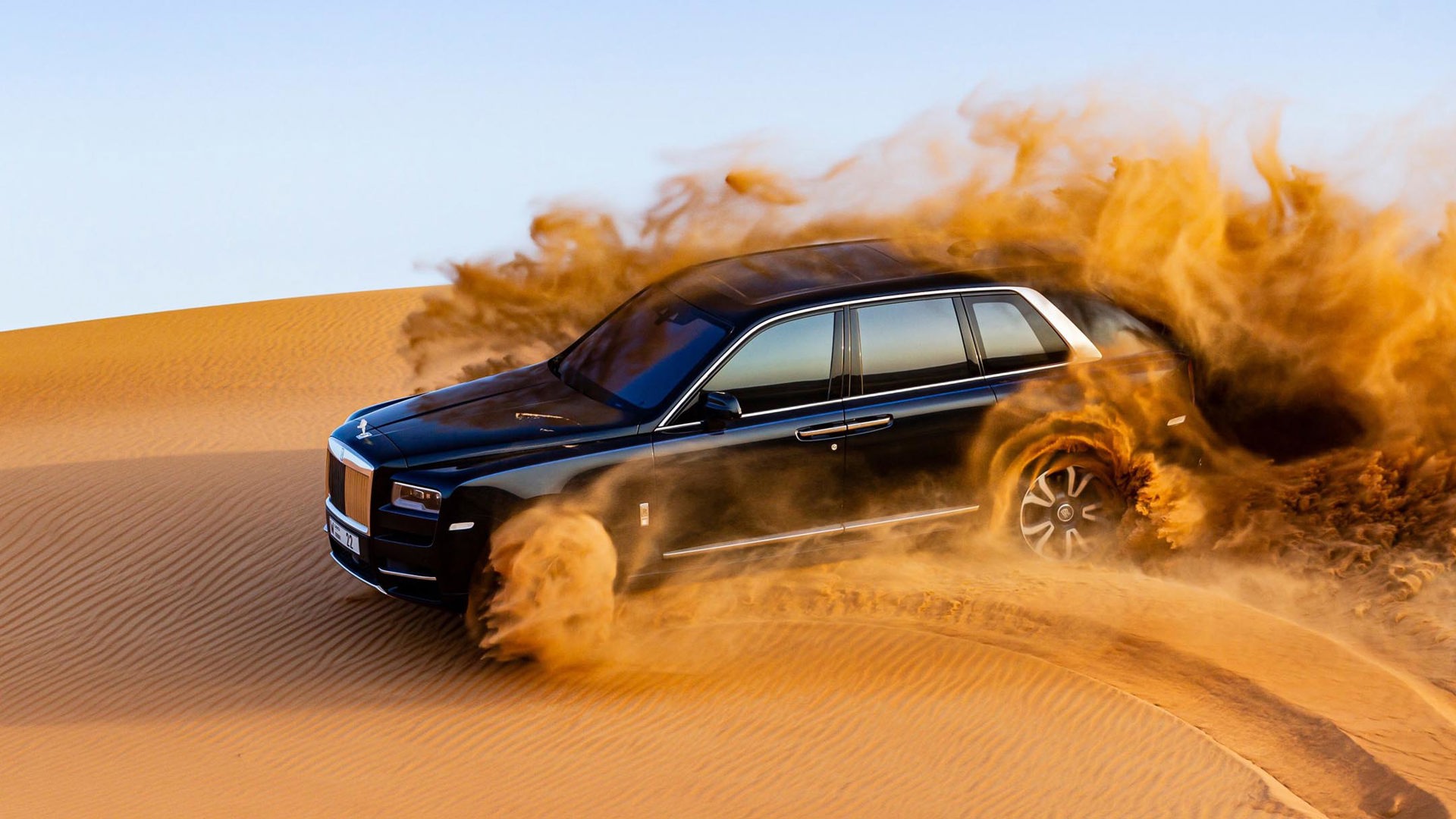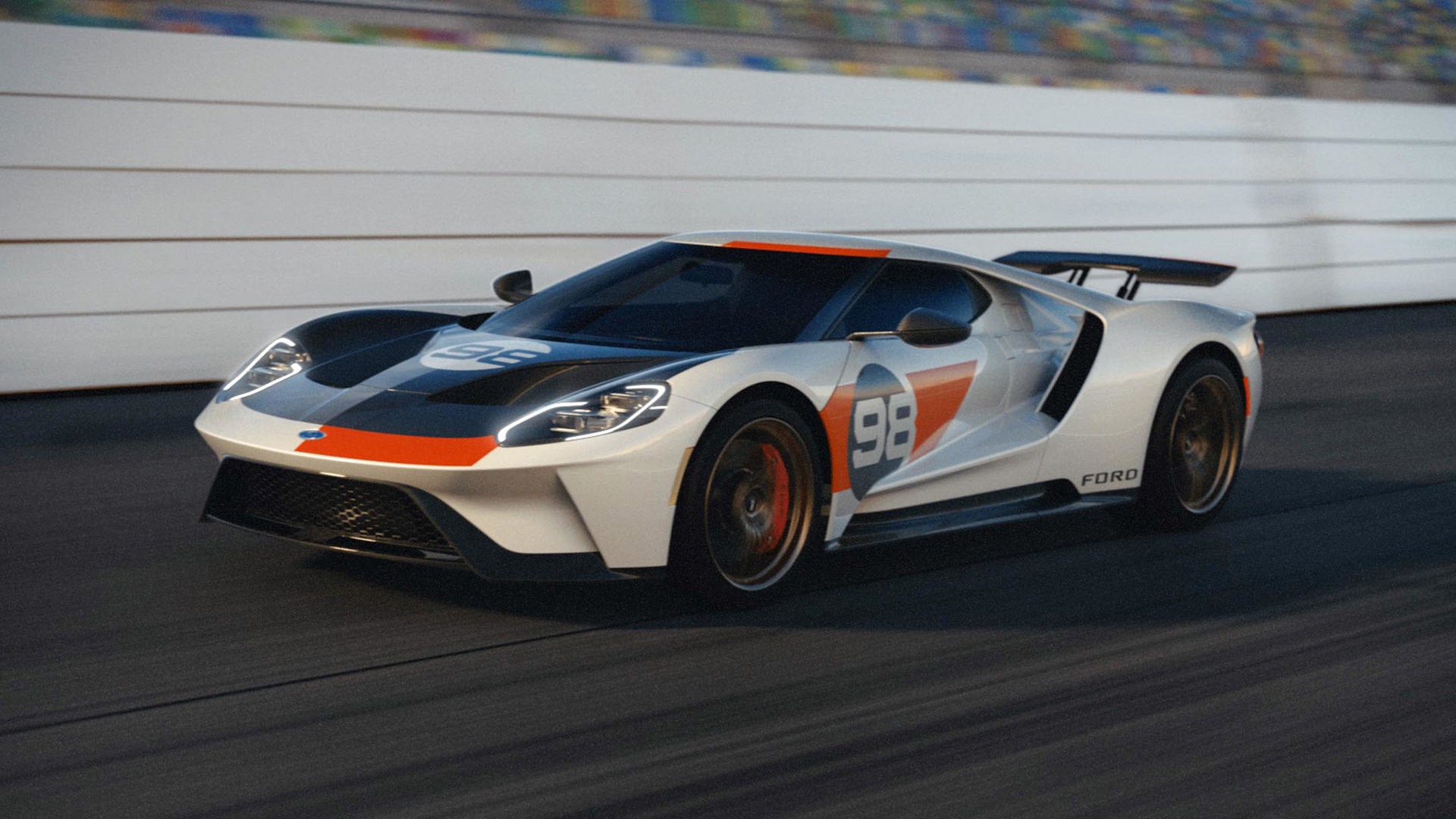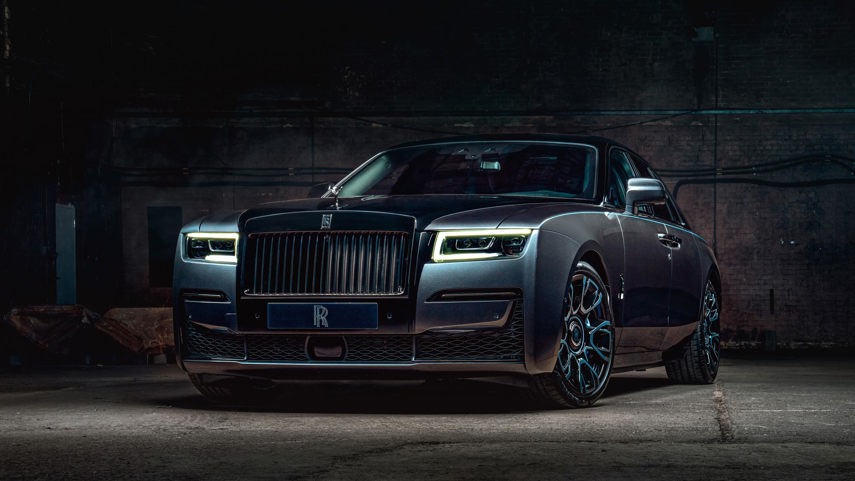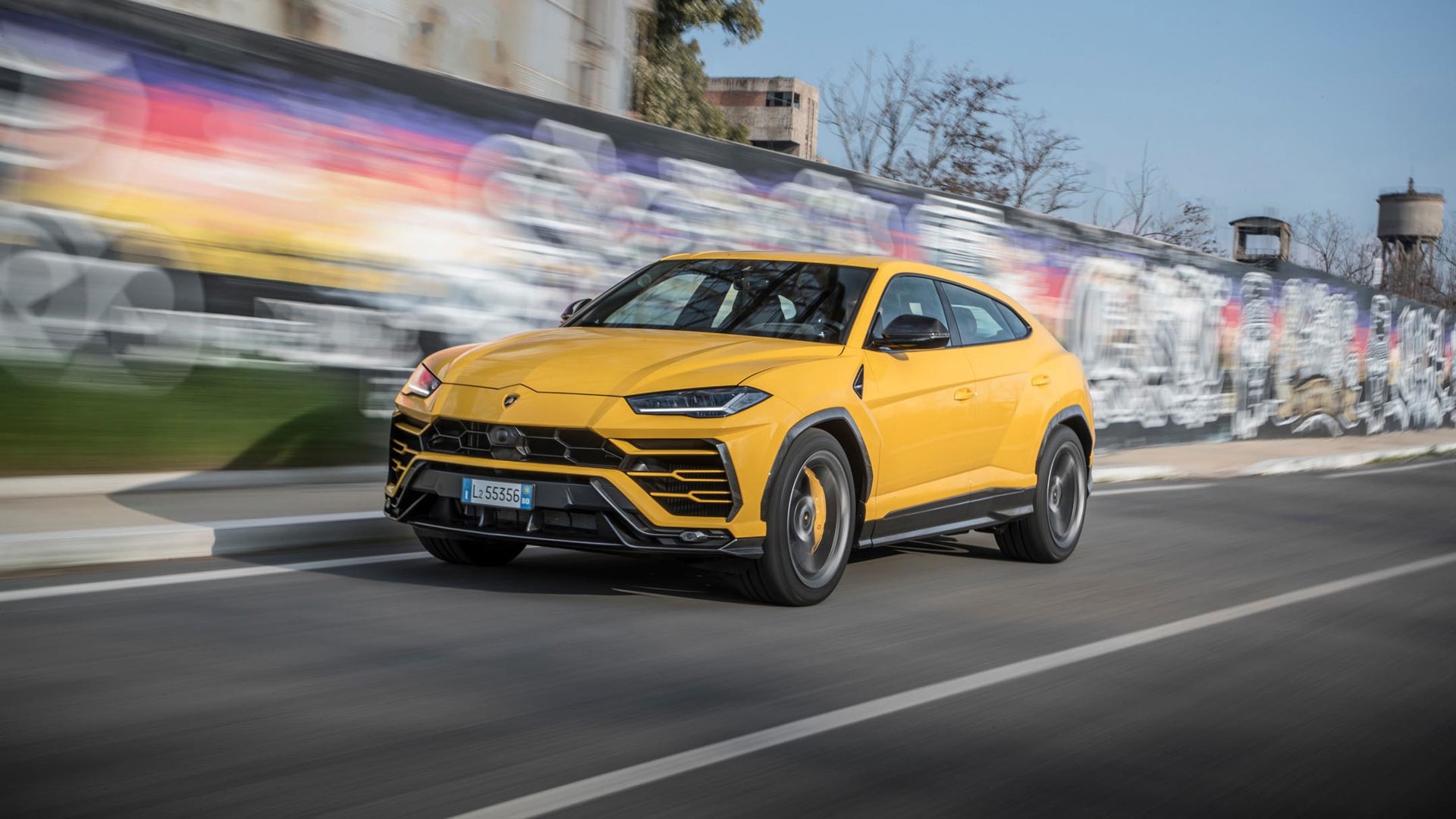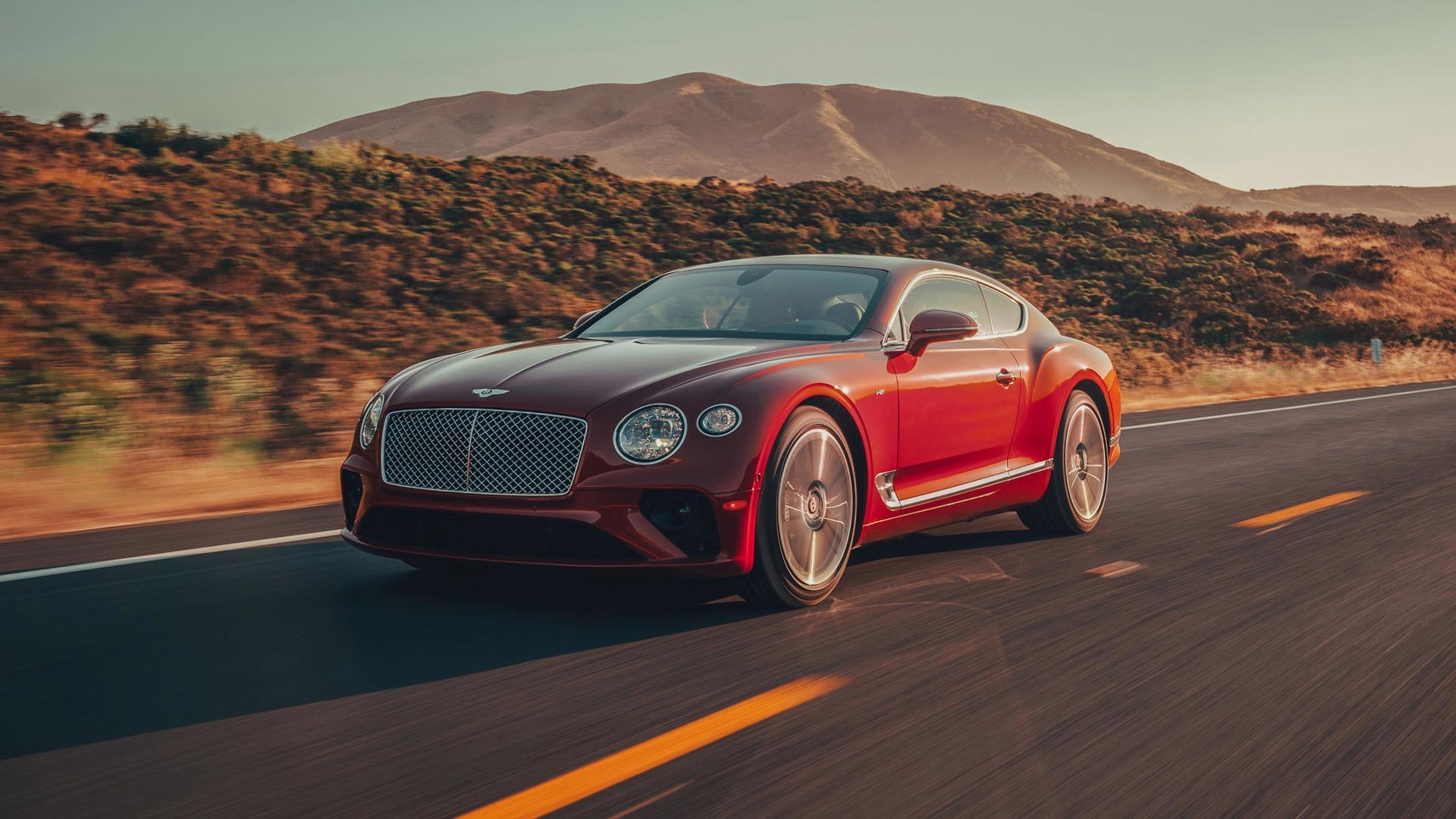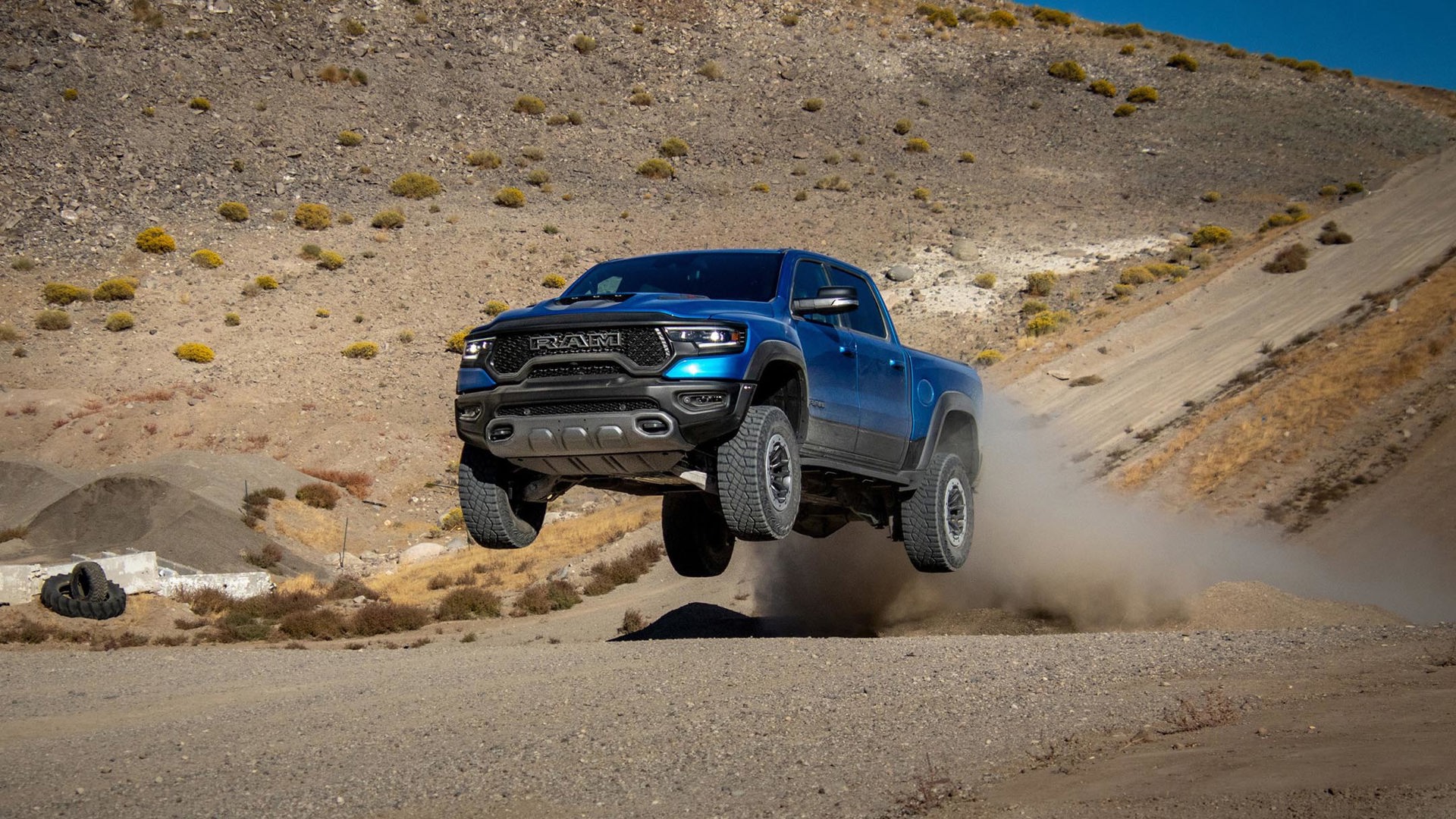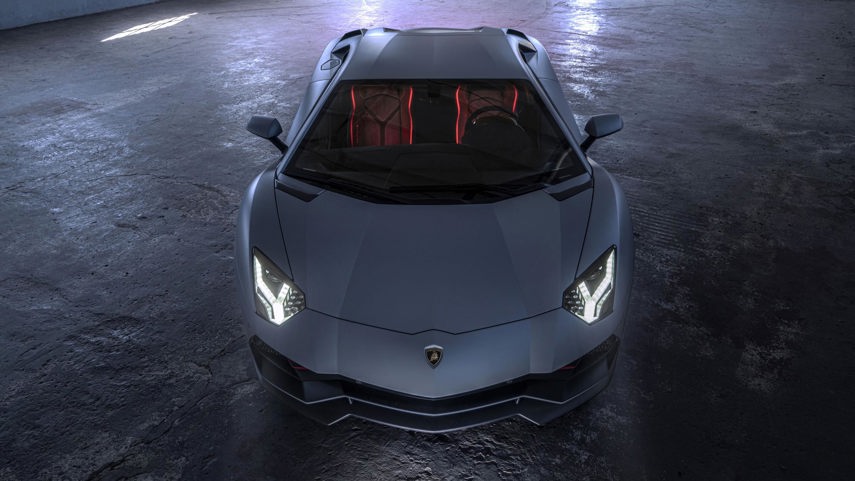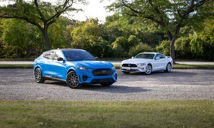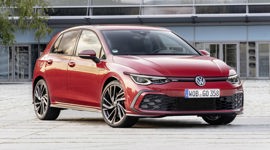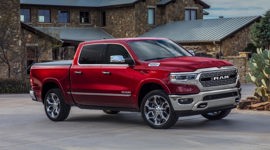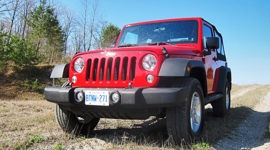With gas prices in Canada spiking, you’re going to see plenty of articles about fuel-efficient cars and trucks, EVs, and about how to save money at the pumps. This list is a bit different – it’s about vehicles that are laughing in the face of high fuel prices and are consuming hydrocarbons like they closed that big business deal and are popping bottles at the club (this is an apt simile considering how bougie some of the cars on this list are). These are the 10 cars, trucks, and SUVs sold in Canada that get the worst fuel economy.
For fairness, we’ve taken these figures from Natural Resources Canada’s Fuel Consumption Guide. The annual list (and more frequently updated website) shows estimated consumption for nearly every new car, truck, and SUV sold. You’ll notice there are no heavy-duty pickup trucks on the list, and that’s because not every vehicle has to be tested. SUVs and vans with a gross vehicle weight rating (GVWR) of more than 4,536 kg, and all vehicles with a GVWR that tops 3,856 kg (or a curb weight of more than 2,722 kg) are not required to have official fuel economy numbers.
We’ve left flex-fuel vehicles measured when using E-85 off of the list because that fuel offers reduced emissions but higher consumption than their gas counterparts. Different trims of the same vehicle have also been combined.
#10. Rolls-Royce Cullinan: 20.1 L/100 km City, 12.1 Highway, 16.5 Combined
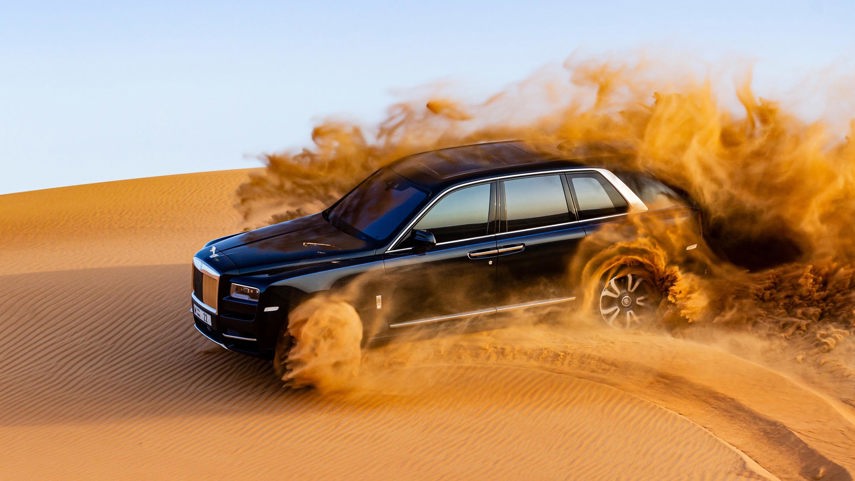
In 10th spot, making it the fuel miser of this group, is the Rolls-Royce Cullinan. It’s not a surprise that the first SUV from a brand known for making large and swift vehicles is thirsty at the pumps. An enormous 6.75L, 563-hp V12 engine and all-wheel drive definitely play their part in making this SUV so thirsty, along with a curb weight that is just barely low enough to exclude the automaker from having to even provide a fuel economy rating. That means a $200 fill will get you just 600 km before you have to start walking. Three tanks of fuel would just about buy you a Rolls-Royce umbrella for the SUV’s door.
#9. Jeep Wrangler Unlimited Rubicon 392: 18.5/14.1/16.5 L/100 km
![]()
There are few ways to tear through narrow trails with more speed or with more volume than the Jeep Wrangler Rubicon 392. The signature of this Jeep is the 6.4L V8 that turns its 33-inch all-terrain tires with 470 hp. Since this is a Rubicon model, it also has more off-road equipment than a standard Wrangler, including stronger (heavier) axles, a suspension lift, and those aggressive tires. For the price of a full tank of fuel, you could instead buy a cubic yard of concrete and set up obstacles to climb over in your own front yard.
#8. Ford Mustang Shelby GT500: 19.9/12.7/16.7 L/100 km
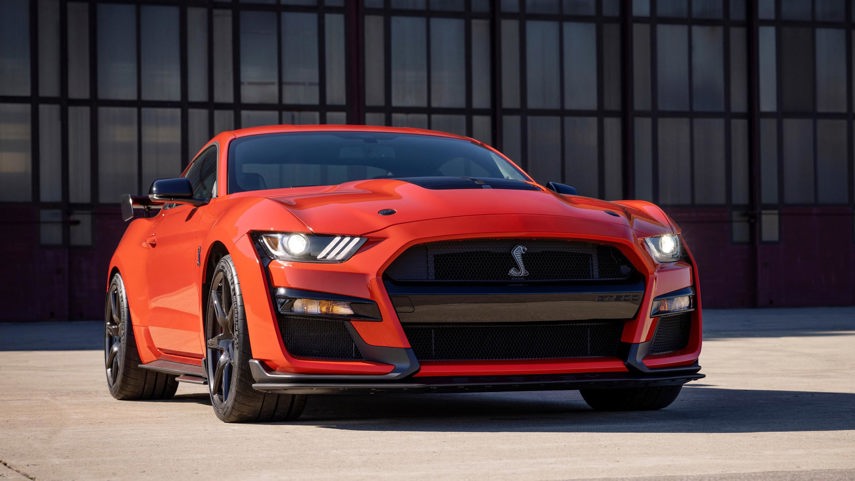
The Ford GT500 isn’t the fastest car on this list, but still has a 760-hp supercharged 5.2L V8 in front of its seven-speed dual-clutch automatic. We bet buyers are wishing for a Mad Max-style supercharger clutch these days to help save on fuel, but you won’t find one here. Instead, try the 20-inch carbon fibre wheels included in the track package to hopefully save a few kilos and squeeze a bit more out of every drop of fuel. At least this one has a fuel tank of just 60L, making your fill-ups smaller if more frequent. Stick to the drag strip, and then you’ll only be burning quarter-miles’ worth of fuel at a time.
#7. Ford GT: 19.9/12.8/16.7 L/100 km
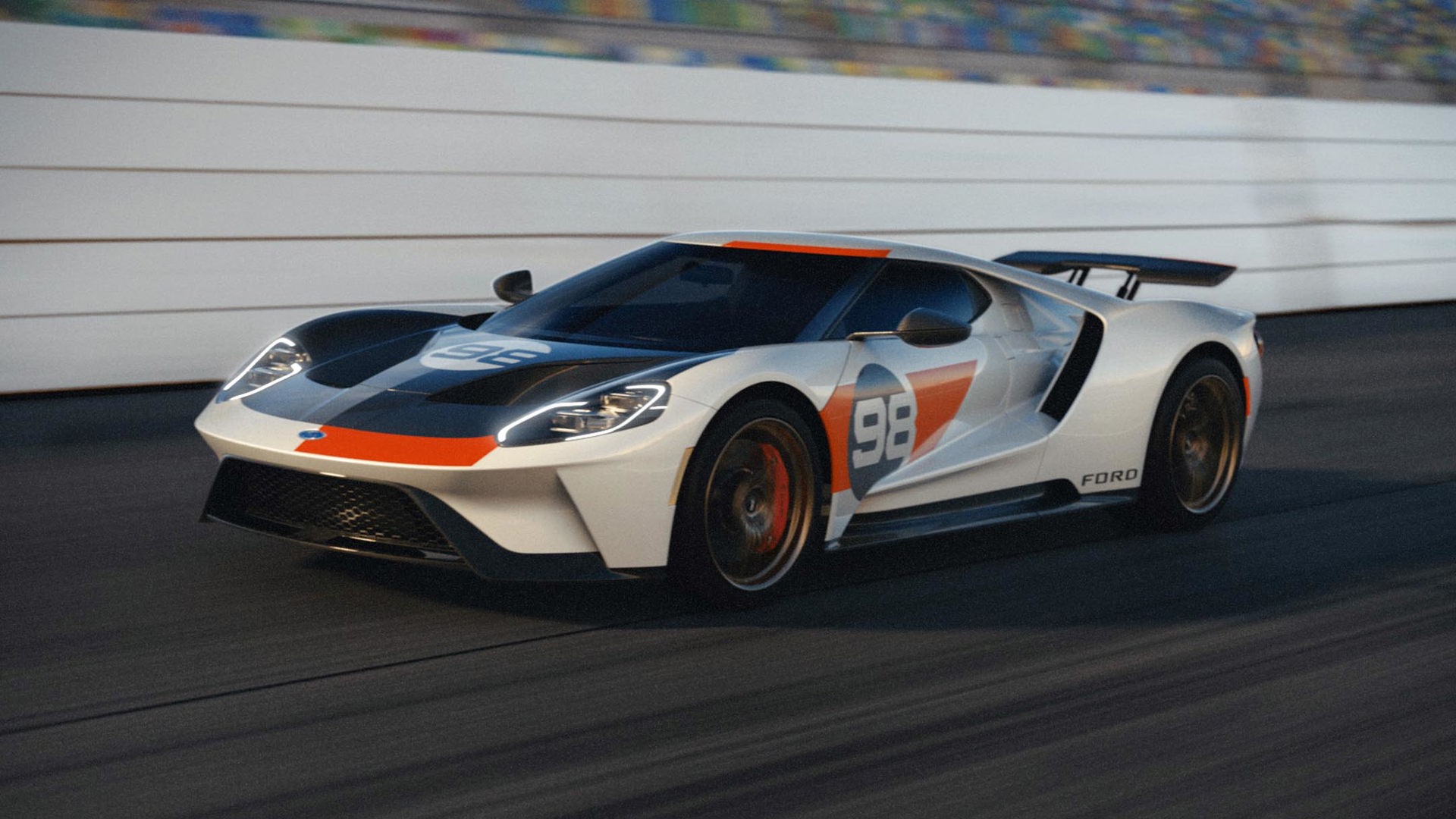
Up next and the only Canadian-built car on the list is the Ford GT. If you’re thinking about selling your GT to help cope with the hefty gas bills, don’t forget that Ford made it part of the contract that buyers couldn’t sell for two years after taking delivery. Despite its 3.5L twin-turbo V6 badged “EcoBoost” and being the lowest-displacement engine on this list, the 700-hp GT still burns impressive quantities of fuel to make it go as fast as it looks. With an annual estimated fuel bill of around $7,200, you could pick up a lightly used Ford Fiesta as a daily driver instead and leave the GT to look amazing in your garage. Maybe you could charge admission?
#6. Rolls-Royce Ghost: 19.9/12.7/16.7 L/100 km
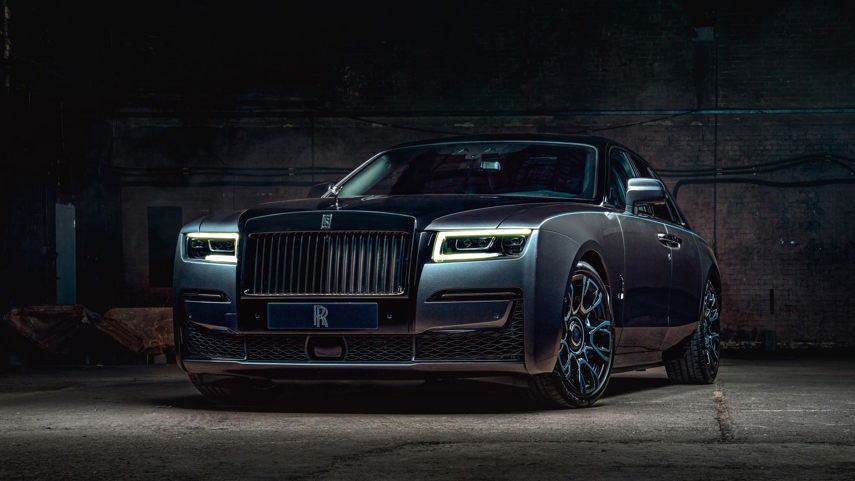
Up next is another Rolls-Royce, which uses the same 6.75L V12 as the Cullinan mentioned earlier. Though the Ghost offers a smaller size and lighter weight, those terms are relative here. This is still an exceptionally large and hefty automobile, and the Ghost is thirstier than its country road sibling, consuming amounts of premium unleaded at a rate that would make even the aristocracy take note. With an 83L tank, a fuel fill-up would cost just about the daily rate of your Rolls’ chauffeur. Before tip, of course.
#5. Lamborghini Urus: 19.2/14.1/16.9 L/100 km
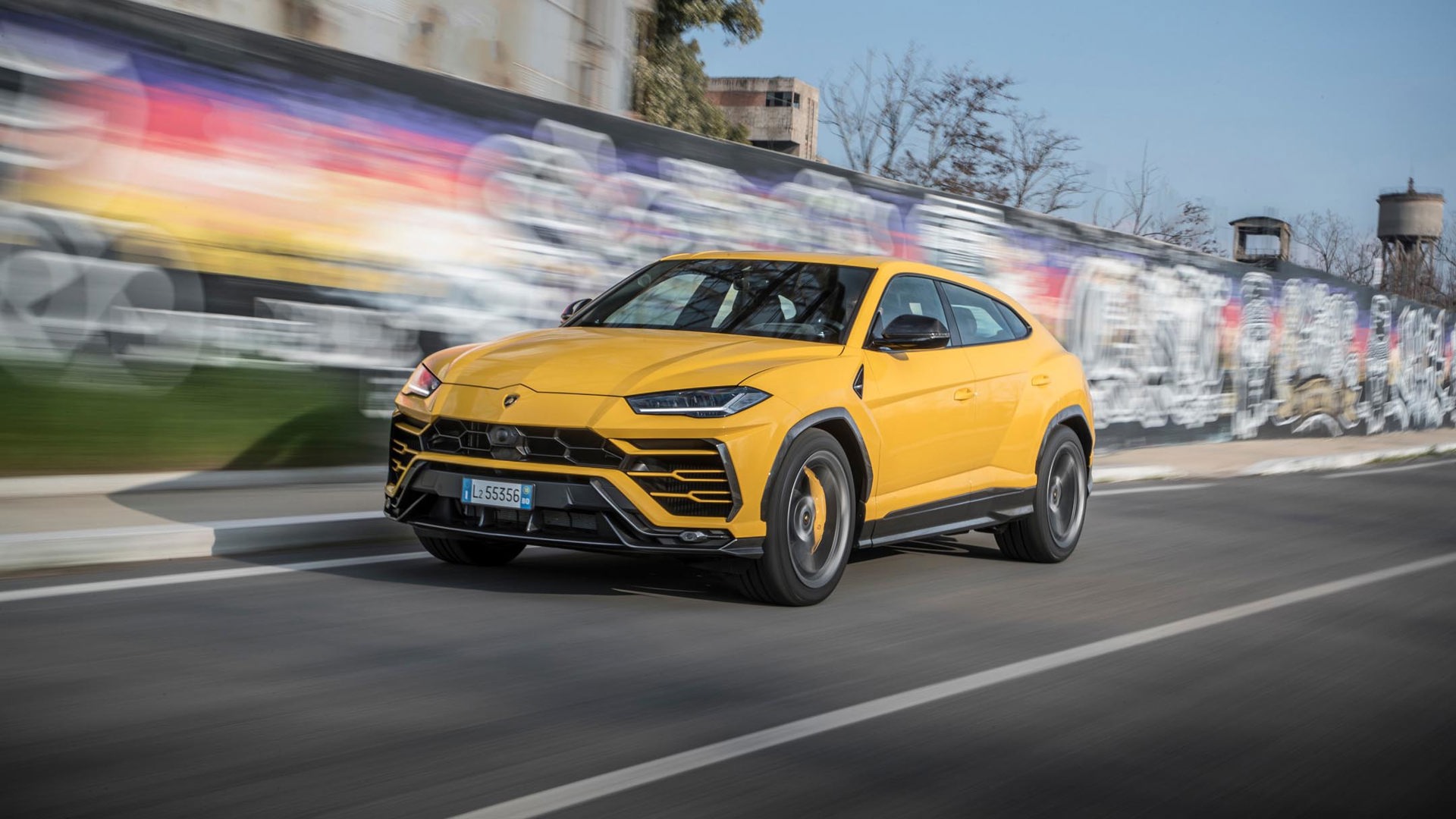
The Lamborghini Urus marked a tipping point for SUVs. For the first time, a mainstream supercar company built an SUV for its audience (the 1986 LM002 doesn’t count) and it was every bit as extreme as its cars. Well, almost as extreme, as you’ll see later on in the list. The Urus uses a 641-hp 4.0L twin-turbo V8 that can give four occupants the same experience that was once the realm of the Raging Bull’s two-seaters. The Urus is already the automaker’s best-seller, and Lamborghini had to expand the factory to build it. The Urus comes with a tiny 75L fuel tank, so a full tank of premium will cost about the same as a pair of Automobili Lamborghini suede and nylon sneakers.
#4. Bentley Continental GT Speed Convertible: 20.3/12.9/17.0 L/100 km

Bentley’s Continental GT Speed is meant for crushing entire continents in a single day at speeds that would put you behind bars in parts of this country. To help this incredibly opulent convertible do that, it has a 6.0L twin-turbo W12 engine that makes 650 hp and has 664 lb-ft of torque. Inside, it has a cabin that uses more leather in each car than some brands put in an entire year’s production, and buyers can have their pick of almost any wood grown in the world. For about the price of a 90L fuel fill-up, you could instead purchase a jewelled fuel-filler cap, one of Bentley’s exclusive official accessories. Your valet would appreciate it.
#3. Ram 1500 TRX: 22.4/16.5/19.8 L/100 km
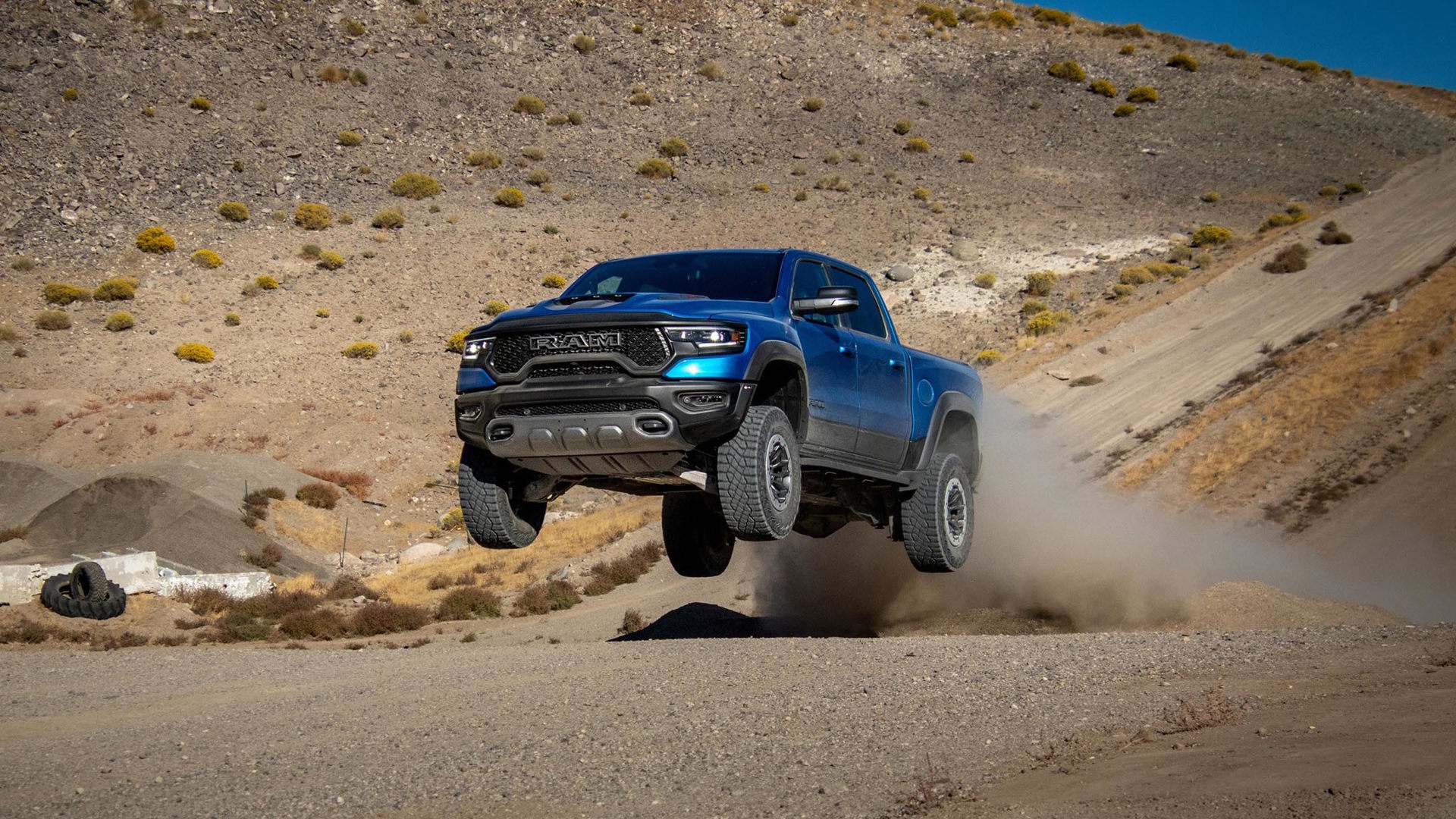
Now we’re starting to get to the really thirsty vehicles on this list. When Ram decided to put the 6.2L supercharged V8 from the Dodge Hellcat models into its half-ton truck, the goal was to make one of the fastest and meanest pickup trucks ever. With 702 hp, flared fenders, and enough suspension travel to land a jump over the moon, that’s exactly what Ram accomplished with the TRX. Drive it cautiously and you’ll get just about 5 km for every litre of fuel. Exercise those 702 horses and expect that figure to shrink dramatically.
#2. Lamborghini Aventador: 26.8/15.1/21.5 L/100 km
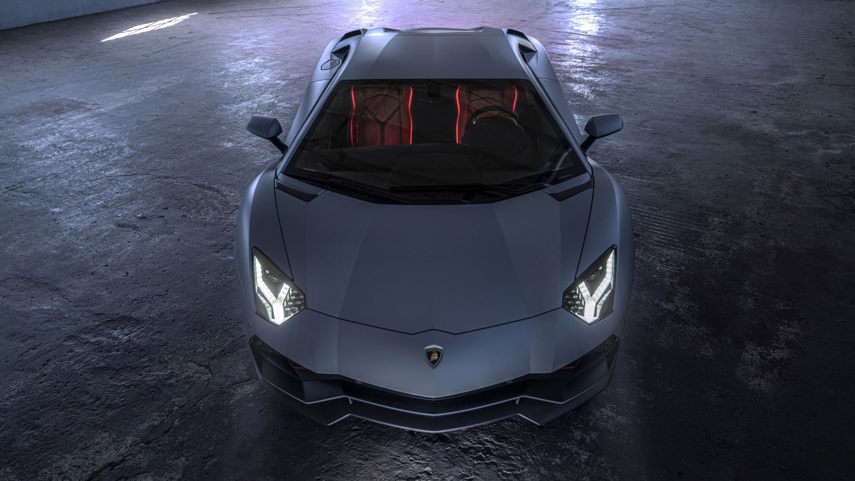
With a chassis made entirely from carbon fibre combined with even more carbon bodywork, the Lamborghini Aventador is impressively light for a mid-engine exotic supercar. This makes us wonder just how much fuel the 6.5L V12 would use if this car was made from aluminum or steel instead. There is a hybrid driveline offered, though, for those looking to lower their carbon footprint, in the form of the Countach LPI 800-4. That one makes 803 hp instead of a paltry 770, saving you 0.3L for every 100 km of driving. For the same cost as driving 1,000 km in your Aventador, you could buy three Lamborghini polo shirts to make sure everyone knows what brand you drive.
#1. Bugatti Chiron Pur Sport, Super Sport: 30.3/20.9/26.1 L/100 km
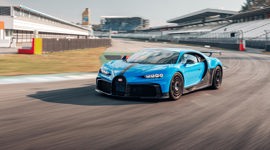
This is it, the thirstiest car in the country. The Bugatti Chiron Pur Sport and Super Sport make the 22.2 L/100 combined of the standard Chiron look Prius-like in comparison. The Chiron Pur Sport turns up the wick of Bugatti’s 8.0L quad-turbo W16 engine to make 1,580 hp. Of course, it’s the “handling version” of the car, so a titanium exhaust helps pare a few kilos as well. The Pur Sport will hit 100 km/h in a blink and the Super Sport will do the same while running to 440 km/h flat out. Cruising, the cars will manage fewer than 380 km from a 100L tank, producing as much CO2 as six Toyota Corolla Hybrids to do it. At full throttle, the car is said to drain the tank in just nine minutes. An impressive way to spend nearly $25 per minute, isn’t it?
